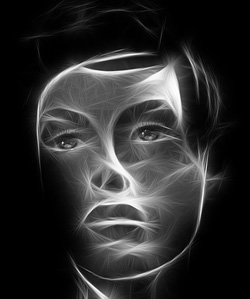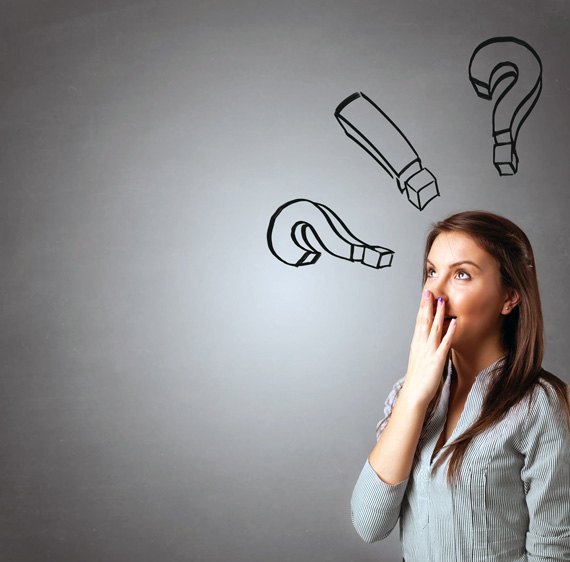 Anxiety is a common mental state expressed as uneasiness or apprehension about an uncertain future event or occurrence. Any kind of anxious behaviour incites stress reaction within your body, expressing itself with symptoms of stress. Everyone experiences anxiety to some degree in response to various kinds of stimuli and this is “normal”. But your anxiety ceases to be normal and becomes a disorder when it adversely affects normal functioning, interfering with your normal lifestyle.
Anxiety is a common mental state expressed as uneasiness or apprehension about an uncertain future event or occurrence. Any kind of anxious behaviour incites stress reaction within your body, expressing itself with symptoms of stress. Everyone experiences anxiety to some degree in response to various kinds of stimuli and this is “normal”. But your anxiety ceases to be normal and becomes a disorder when it adversely affects normal functioning, interfering with your normal lifestyle.
Anxiety disorders are relatively common and treatable mental disorders affecting about 18 percent of the U.S. population, making them the most common mental disorders in the United States. Of these, only about one-third of those suffering from anxiety disorders seek medical help as anxiety symptoms are perceived differently by different persons.
Has your “Normal” Anxiety become a “Disorder”?
When you inadvertently start expressing certain stress symptoms and signs, it might be an indication that your anxiety might have crossed the bounds of “normal” and entered the realms of a “disorder”.
Anxiety disorders arise from the intricate interplay of various risk factors, genes, brain chemistry, personality types, and life events. They result in a complex group of anxiety disorders, each disorder with their own peculiar symptoms and signs.
Some of the common anxiety disorders are Acute Stress Disorder, Agoraphobia without history of Panic Disorder, Anxiety Disorder due to a general medical condition, Anxiety Disorder not otherwise specified, Generalized Anxiety Disorder, Obsessive-Compulsive Disorder (OCD), Panic Disorder with or without agoraphobia, Post-Traumatic Stress Disorder (PTSD), Social Phobia, Specific Phobia, or Substance Induced Anxiety Disorder.
So, what signs and symptoms indicate an anxiety disorder?
Actually, there is virtually no difference between symptoms and signs in ‘normal’ anxiety and anxiety ‘disorder’ except for persistence and increase in the number, type, intensity, frequency and duration of anxiety symptoms.
Although nowhere close to a complete list which includes hundreds of random symptoms, anxiety symptoms and signs commonly encountered include:
Physical Anxiety Symptoms
- Rapid heartbeat or palpitation
- Profuse sweating
- Choking sensation in the throat
- Abdominal cramps
- Dizziness and giddiness
- Increased frequency of urination and stools
- Burdened or difficulty in breathing
- Rapid shallow breathing
- Hot flushes or chills
- Sensation of lightness of head
- Tremors and jitteriness
- Muscular tension and twitches
- Headache or heaviness of head
- Unexplained tiredness and fatigue
- Difficulty in sleep initiation or continuation
- Nausea
Emotional Anxiety Symptoms
- Growing and persistent apprehension or fear of the unknown
- Feelings of dread without valid reason
- Problem concentrating on any task at hand
- Nervousness and restlessness
- Being irrationally irritable or edgy
- Difficulty in sleep
- Catastrophic thinking
- Heightened vigilance towards anything perceived as dangerous
- Absentmindedness
- Intense fear of death or doom
- Fear of losing one’s mind
- Feelings of detachment from reality
When should you seek Professional Help?
To have some anxiety means to be human, but when anxiety symptoms preoccupy your life, interfering with your normal functioning and lifestyle, it is time to visit your doctor.
You can use the Likert Anxiety Scale to help you decide if you need professional help. To check your Likert Anxiety Scale Score, click here.
You should be particularly cautious if your work or family life is disturbed or if your anxiety is making you depressed or causing you to resort to drinking or drugs or if you feel you have other mental conditions or you feel the urge to kill yourself.
You should immediately seek professional help so that early treatment may be initiated and to prevent any untoward outcome.

